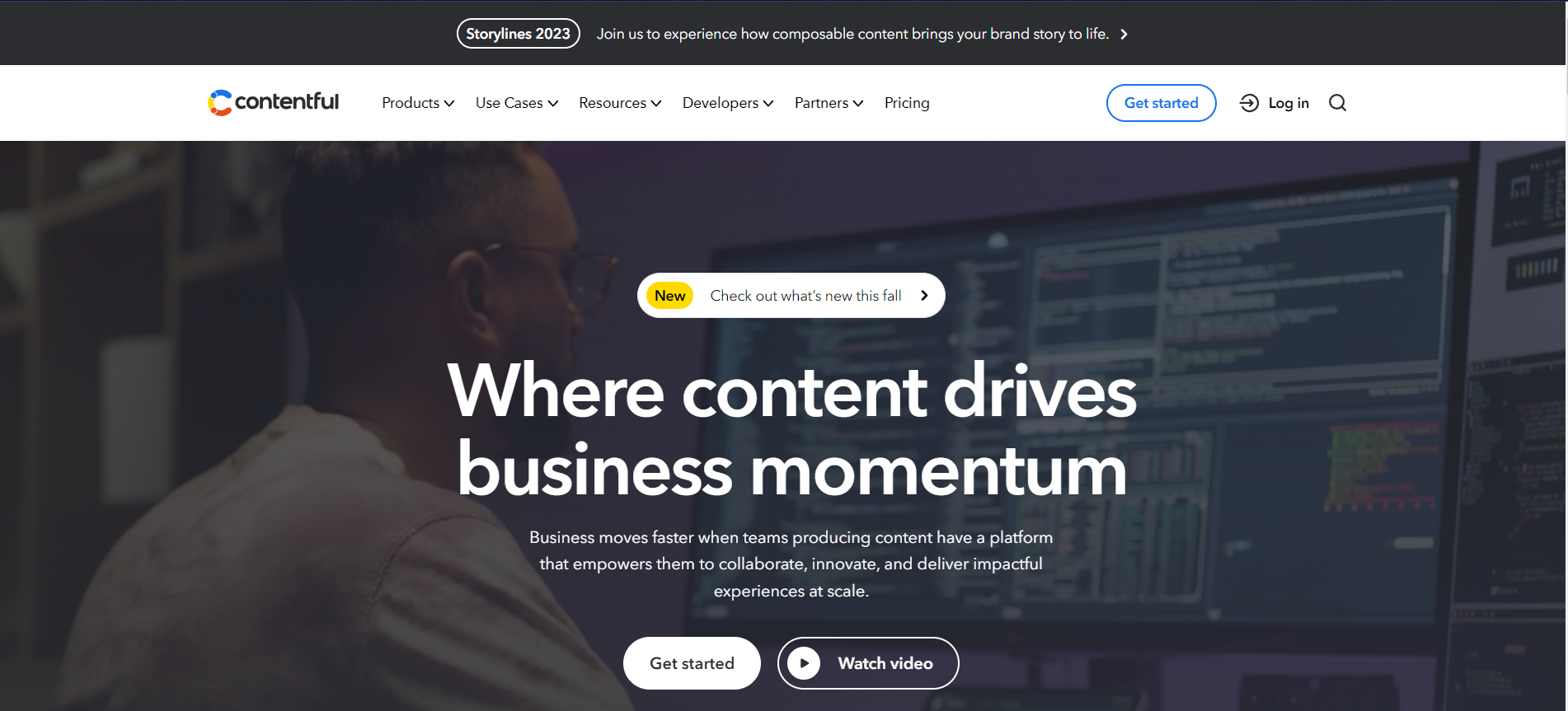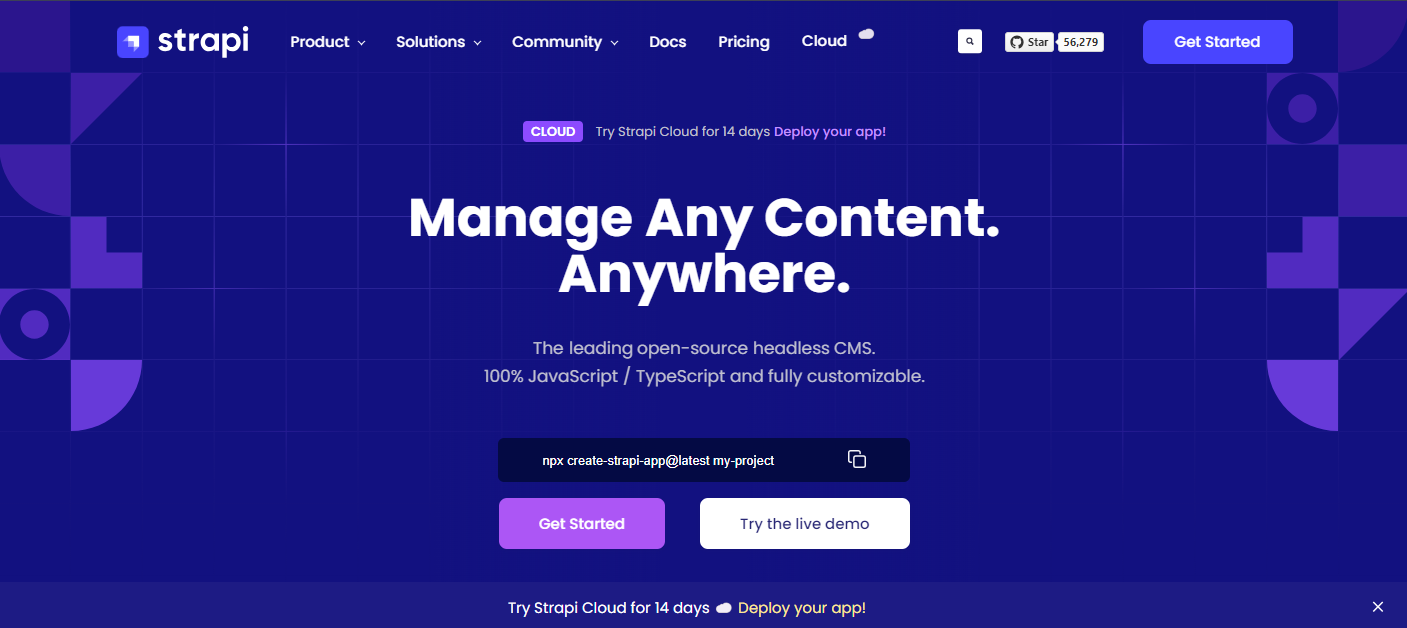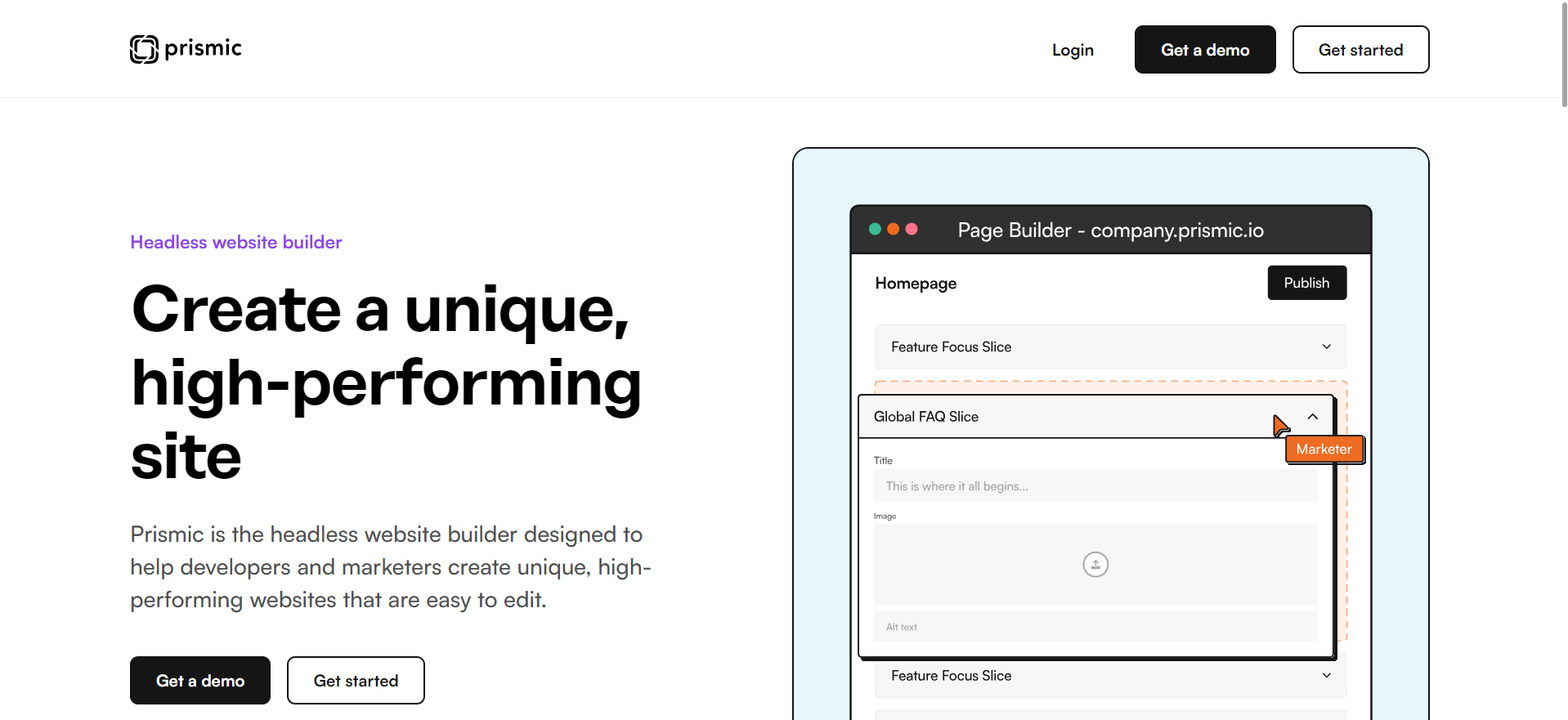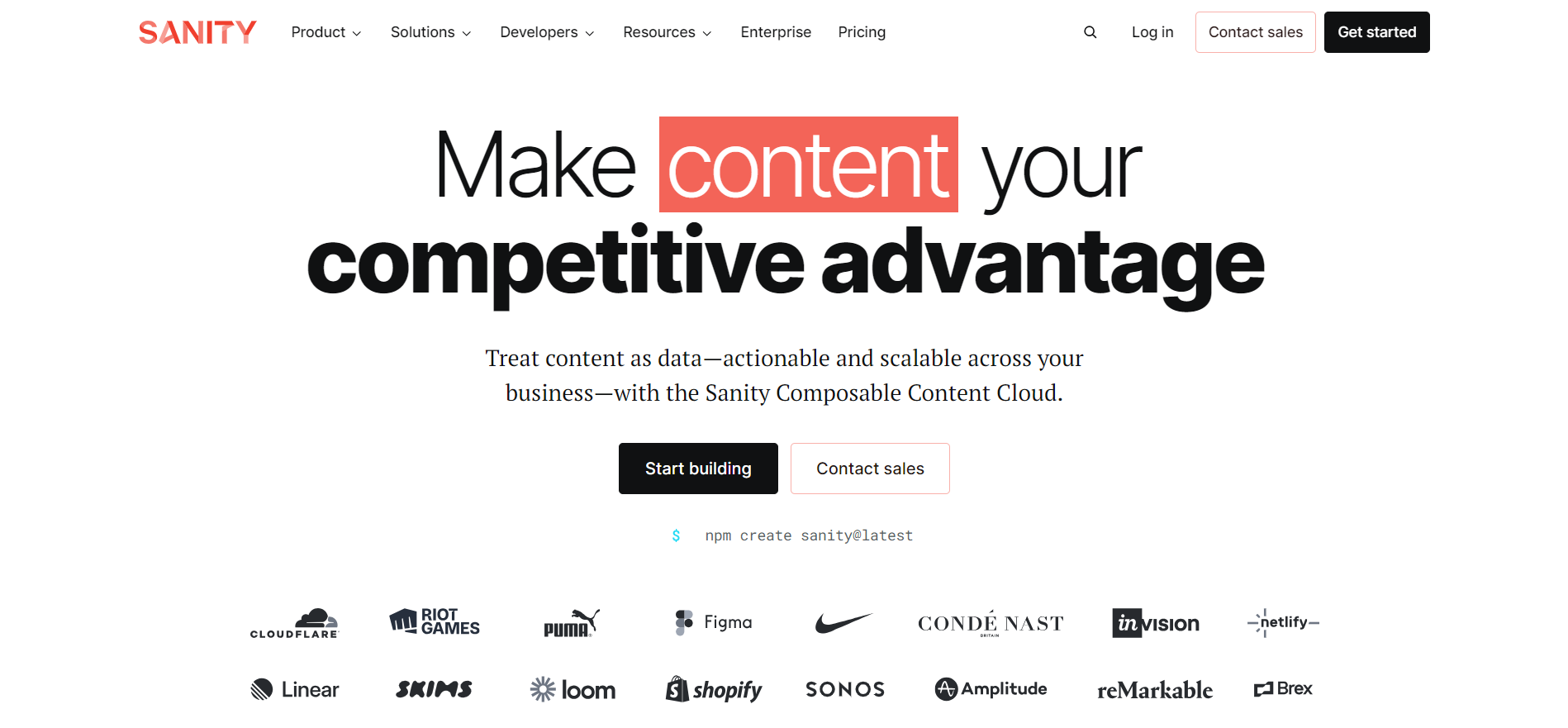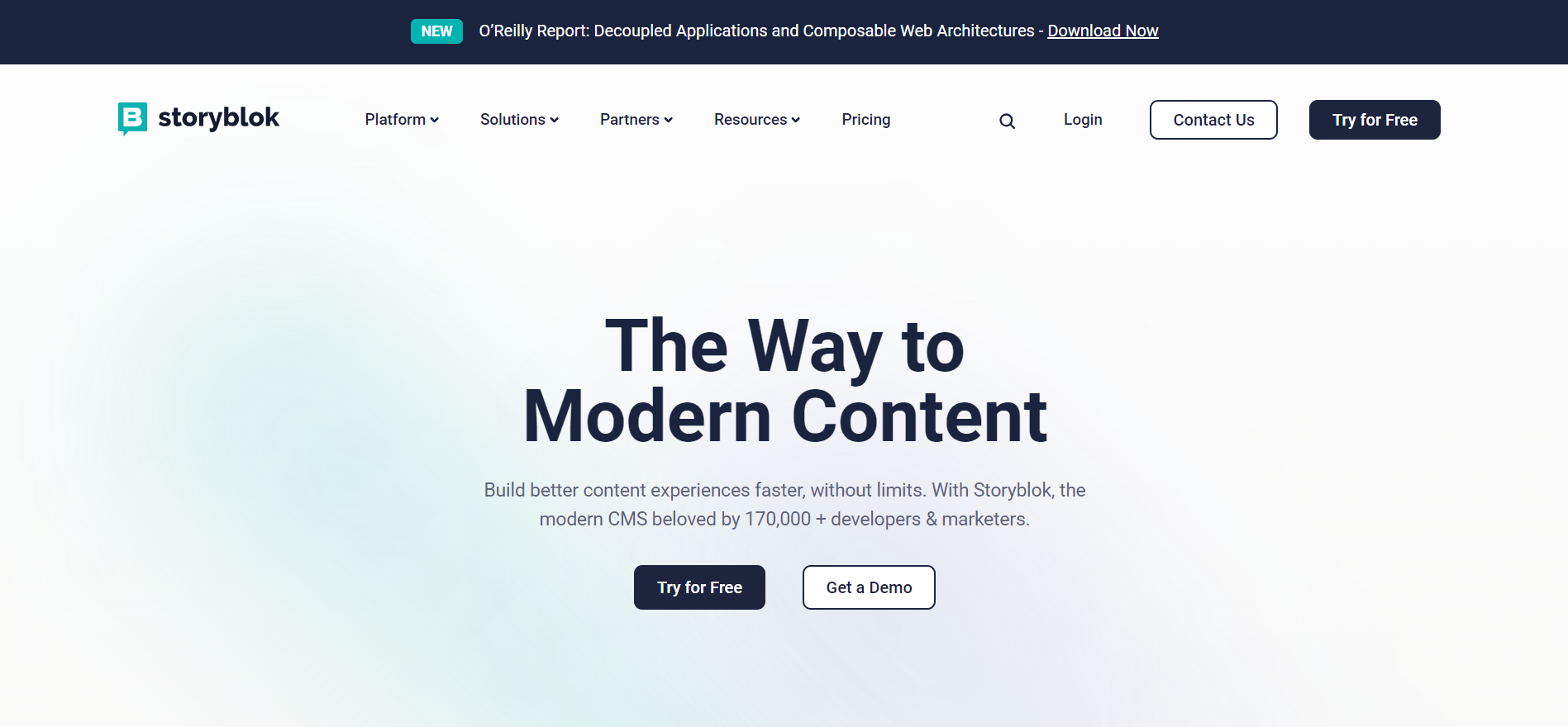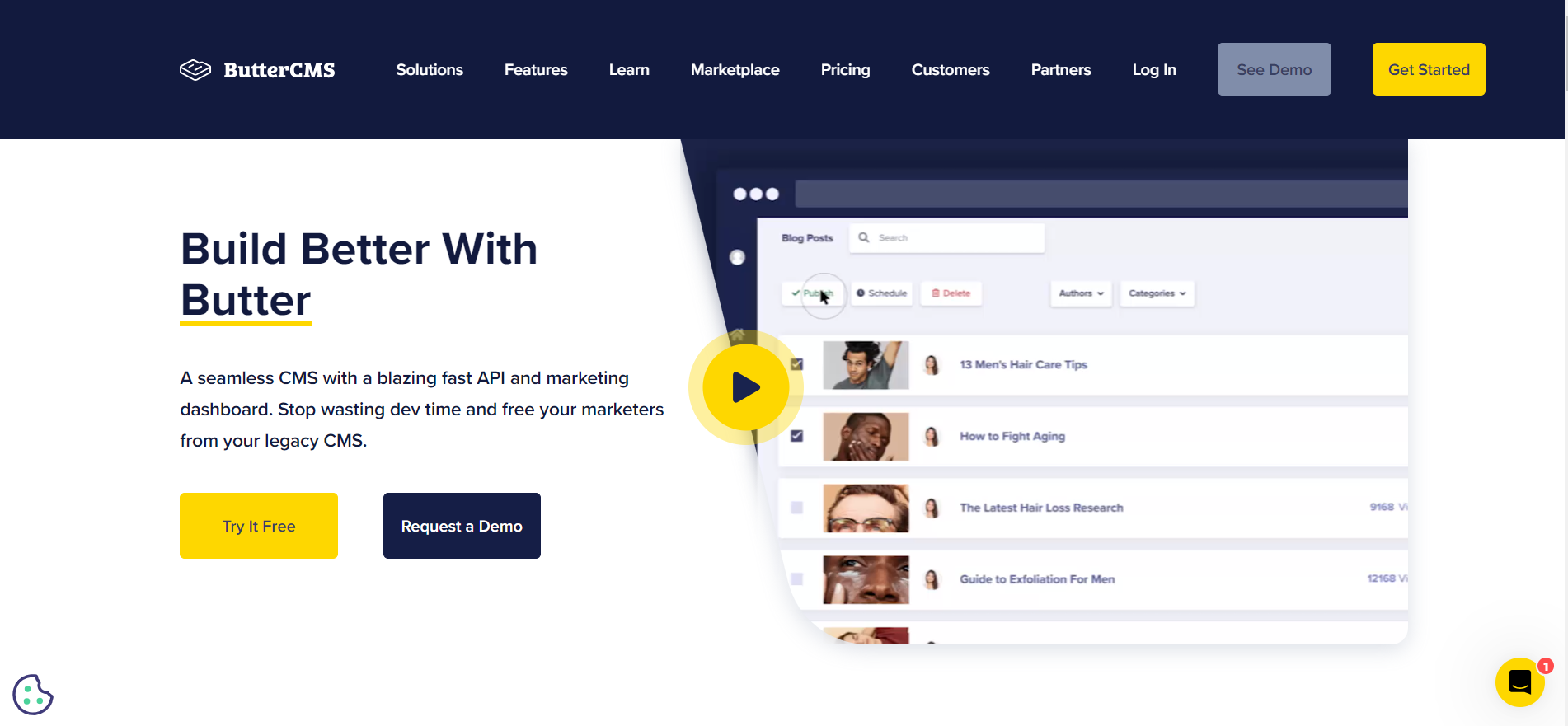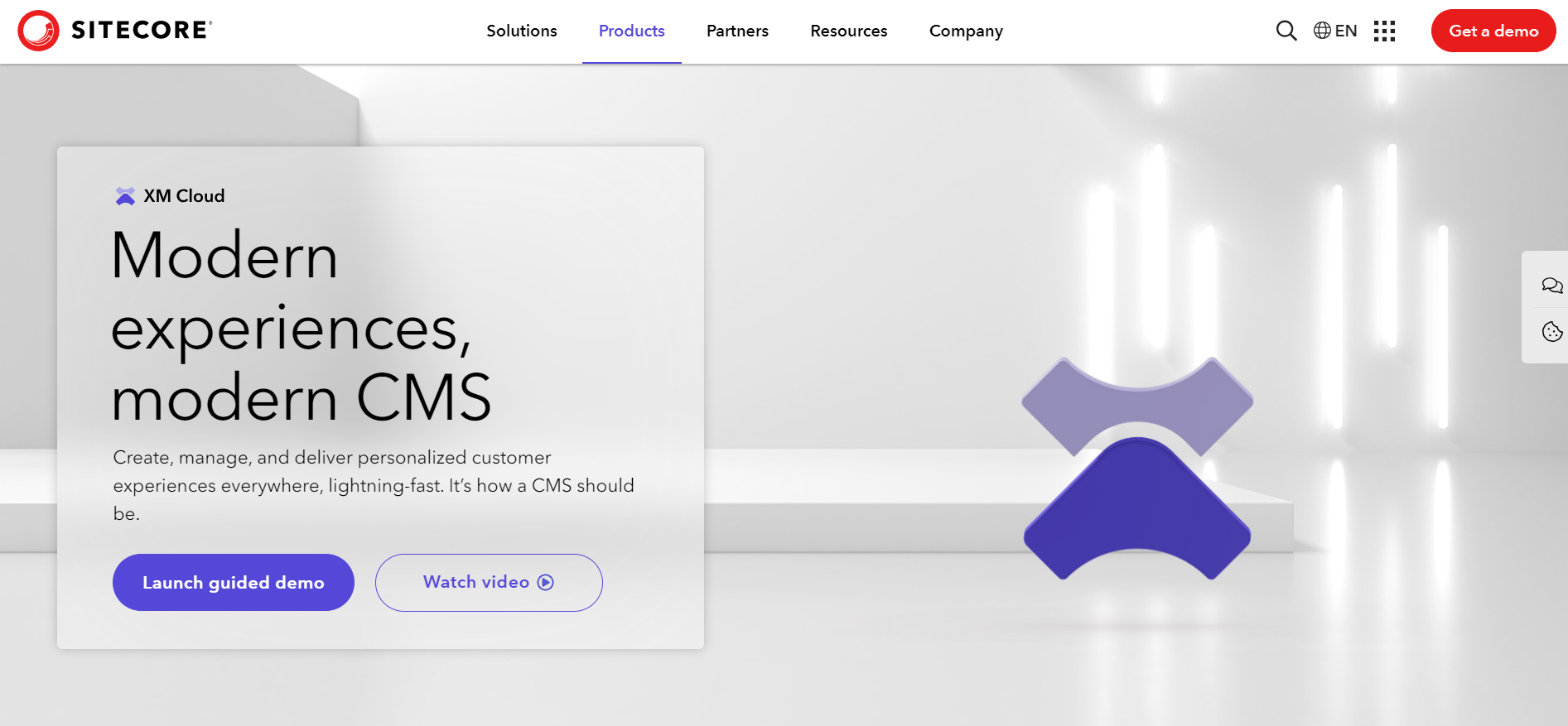Which Headless CMS Fits Your Needs?
In today's continuously evolving digital world, choosing the right Content Management System (CMS) is crucial for businesses. Headless CMS platforms have proven to be powerful tools, providing flexibility, scalability, and organization for content.
This guide offers a thorough comparison of the top headless CMS platforms. Its purpose is to provide you with the information you need to make an informed decision for your content management requirements. By analyzing key features, integrations, developer support, and scalability, we will explore the world of headless CMS platforms together.
What’s the difference between Standard and Headless CMS?
Headless CMS offers greater flexibility in front-end development and enables more customization. In contrast, standard CMS platforms provide more pre-defined templates and fewer customization options. With Headless CMS, developers have more control over content delivery and can utilize APIs to retrieve and display content. Standard content management systems are typically more user-friendly, unlike headless CMS platforms, which require more technical expertise. Overall, headless CMS is more suitable for larger-scale and complex experiences.
CMS Platform Comparison
Contentful
Contentful is designed with an API-first approach, making it easy for developers to access and consume content through APIs. It supports content delivery to various devices and platforms, including websites and mobile apps. With its flexible content modeling system, users can define their own content types, making it suitable for a wide range of projects. The user-friendly rich text editor allows non-technical users to format and publish content without coding. It supports content versioning, enabling users to create drafts, preview changes in real time, and schedule content for publishing. It also provides a digital asset management system for uploading, organizing, and serving media. Additionally, it facilitates content creation and management in multiple languages, making it ideal for internationalization and localization. Contentful offers role-based access control, allowing administrators to define roles with different levels of permissions. It supports webhooks and integrates with a variety of third-party tools and services. Users can also access a marketplace of pre-built extensions and integrations or build custom extensions to enhance functionality.
Contentful is popular among developers, content creators, and teams working on websites. It is also widely used for mobile apps, IoT devices, and digital displays due to its flexibility.
Strapi
Strapi offers a powerful backend admin panel for content creation and management. This allows developers to use any front-end technology to display the content. With Strapi, you have the flexibility to define your own content types and structures, making it suitable for a wide range of projects - from simple blogs to complex web applications. Strapi automatically generates RESTful and GraphQL APIs for each content type, enabling developers to retrieve content from the Strapi backend using HTTP requests. The user-friendly admin interface makes it accessible to non-technical users, allowing content editors and admins to create, edit, and manage content without coding. Strapi also provides a role-based access system, giving administrators the ability to define specific roles with different levels of permissions. Users have the option to host Strapi on their own servers or choose cloud-based solutions such as AWS and Azure.
Strapi is a popular CMS for developers and organizations seeking a flexible and customizable solution for building websites, web applications, and digital experiences.
Prismic
Prismic allows users to structure content using custom types and fields, giving them the flexibility to define their own content models. It offers an API-first approach, with a RESTful API and GraphQL API for developers to retrieve and integrate content. With Prismic's rich text editor, non-technical users can easily format and edit content. "Slices" is a unique feature that allows content creators to define reusable content components, enhancing flexibility in layout and presentation. Prismic supports versioning, allowing users to create drafts, preview changes, and schedule publishing. It also offers image optimization features for uploading and improving performance. Prismic supports webhooks for automation and integration with third-party services. It provides comprehensive documentation, a developer API explorer, and a user-friendly interface.
Prismic is frequently used for projects that demand a structured content management approach, particularly those that prioritize flexibility in content modeling and delivery.
Prismic Developer Documentation
Sanity
Sanity is a versatile CMS that enables multiple users to collaborate on content creation and editing in real-time. It follows a headless structure, separating content management from presentation. One of its key features is a customizable editor interface that provides tailored content entry forms for a focused and user-friendly experience. Sanity uses "Portable Text" for rich text editing while maintaining content structure. Content changes made in Sanity are immediately reflected in the API, allowing real-time updates on the front end. The CMS also keeps track of version history and supports content rollback. Additionally, Sanity offers features for uploading and managing media assets, including automatic image processing. For querying content, Sanity provides RESTful APIs and a GraphQL API for flexibility. It includes role-based access control for defining specific roles and permissions. Sanity supports content creation and management in multiple languages, making it suitable for internationalization and localization.
Sanity is popular among developers and content creators who value flexibility, customization, and real-time collaboration in their content management workflows.
Welcome to Sanity's Documentation
Storyblok
Storyblok organizes content using a structured approach, allowing users to define types and relationships. This makes it adaptable for various projects. Additionally, it has a visual editor that enables non-technical users to easily create and manage content, making it beneficial for creators without coding experience. Content can be structured as components, simplifying content creation. Real-time collaboration is supported, allowing multiple users to work simultaneously and immediately see each other's changes. Content revisions are tracked, enabling users to revert to previous versions if needed. Furthermore, Storyblok supports multiple languages, making it suitable for global projects. It offers both a RESTful API and a GraphQL API for developers to fetch and integrate content. Custom content fields can be defined for added flexibility.
Storyblok is commonly used for websites, web applications, and other digital experiences that require a flexible and developer-friendly content management solution.
Storyblok is an enterprise-level Headless Content Management System with the Visual Editor.
Butter CMS
ButterCMS allows users to define custom content types and structures, creating a flexible framework. The API enables developers to fetch and integrate content into applications for websites, mobile apps, and other digital experiences. ButterCMS provides a user-friendly editor for non-technical users to format and edit content. It also supports content versioning and includes a media library for organizing and serving media files. With a clean API, detailed documentation, and SDKs for popular programming languages, ButterCMS is developer-friendly. Additionally, ButterCMS offers search functionality, multilingual support, and role-based access control. It provides pre-built templates and widgets for easy integration. Content is delivered through a CDN for fast and reliable delivery.
ButterCMS is commonly used for blogs, marketing websites, and applications that require content management. Developers appreciate its ease of integration and flexibility.
Sitecore XM Cloud
Sitecore XM Cloud adopts a headless architecture, separating content management from the presentation layer. This enables the flexible delivery of content to different devices and platforms, such as websites, mobile apps, and IoT devices. Content is treated as a service accessible via APIs, which allows developers to dynamically fetch and render it using front-end technologies like React, Next.js, Angular, or other frameworks. The platform follows an API-first approach, offering a comprehensive set of RESTful APIs for content access and manipulation. It has a flexible content modeling system that allows organizations to structure content according to their specific needs. This ensures easy reuse and repurposing across different channels. Content editors can use the Sitecore Content Editor interface for content creation, management, and publishing. Features like versioning, workflow management, and permissions streamline the content creation and approval process. The platform includes powerful personalization and targeting capabilities. Advanced analytics and reporting tools track user interactions and content performance, providing valuable insights for optimizing digital strategies. Sitecore XM Cloud seamlessly integrates with third-party systems like CRM platforms, e-commerce solutions, and marketing technologies. Hosted on Microsoft Azure, the platform benefits from Azure's scalability and performance, allowing businesses to handle high traffic loads and scale resources as required.
Developers appreciate Sitecore XM Cloud for its flexibility, powerful APIs, content modeling capabilities, and support for front-end technologies. This enables them to create customized and interactive digital experiences that meet project requirements.
Sitecore for Developers | Sitecore
Below is a comparison table of the main features, pros, and cons of the above mentioned Headless CMS platforms:
| Contentful | Strapi | Prismic | Sanity | Storyblok | Butter CMS | Sitecore XM Cloud | |
|---|---|---|---|---|---|---|---|
| API | RESTful API, GraphQL API | RESTful API, GraphQL API | RESTful API, GraphQL API | GraphQL API | RESTful API | RESTful API | RESTful API, GraphQL API |
| Content Modeling | Extensive content modeling capabilities | Custom content models and relationships | Custom content types and fields | Flexible content modeling | Custom content types and relationships | Custom content models and fields | Comprehensive content modeling and personalization capabilities |
| SEO Tools | SEO-friendly features and tools | SEO features and tools | SEO features and tools | SEO optimization capabilities | SEO-friendly features and tools | SEO features and tools | SEO features and tools |
| Integrations | Extensive third-party integrations | Integrates with third-party services | Integrates with popular tools and platforms | Integrates with third-party services | Integrates with third-party services | Integrates with third-party services | Extensive integration options with third-party tools and services |
| Developer-Friendly | Extensive developer resources and SDKs | Developer-friendly with comprehensive documentation | Developer-friendly with API explorer and SDKs | Developer-friendly with detailed documentation | Developer-friendly with detailed documentation | Developer-friendly with extensive documentation | Developer-friendly with robust set of tools and resources |
| Community Support | Active community and forums | Growing community | Active community | Growing community | Active community | Growing community | Active community with a large user base and resources |
| Pros | Rich features and extensive developer resources | Highly customizable and developer-friendly | Strong content modeling capabilities, multi-language support | Real-time collaboration, powerful content modeling | Visual editor, structured content, customizable components | Developer-friendly, intuitive content management | Comprehensive digital experience platform, powerful features |
| Cons | Relatively high pricing, complex for beginners | Steeper learning curve, requires more technical expertise | Pricing can be on the higher side | Smaller community compared to some competitors | Limited customization compared to some competitors | Limited in terms of extensibility and customizations | Pricing may be higher, complexity for smaller projects |
Conclusion
In conclusion, the world of Headless CMS platforms offers a variety of options, each with its own strengths. Ultimately, the choice between these platforms depends on project requirements, team expertise, and preferences for customization and collaboration. We hope this guide has provided valuable insights for your content management needs. Remember, align the chosen platform with your project's goals and vision for a seamless digital experience.
